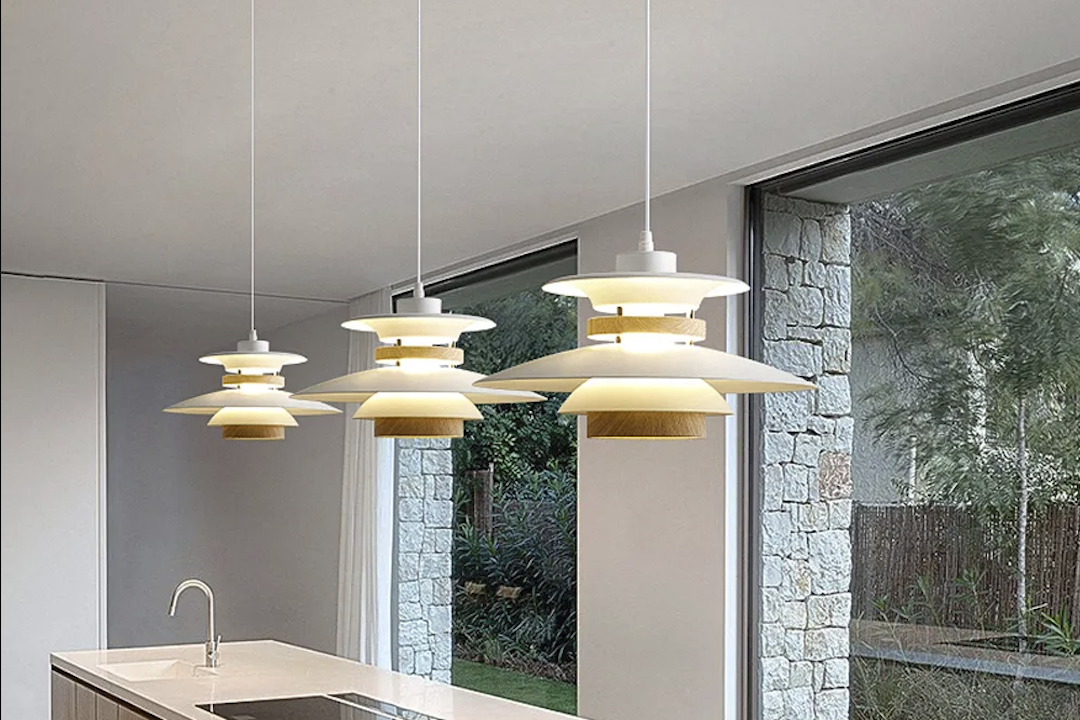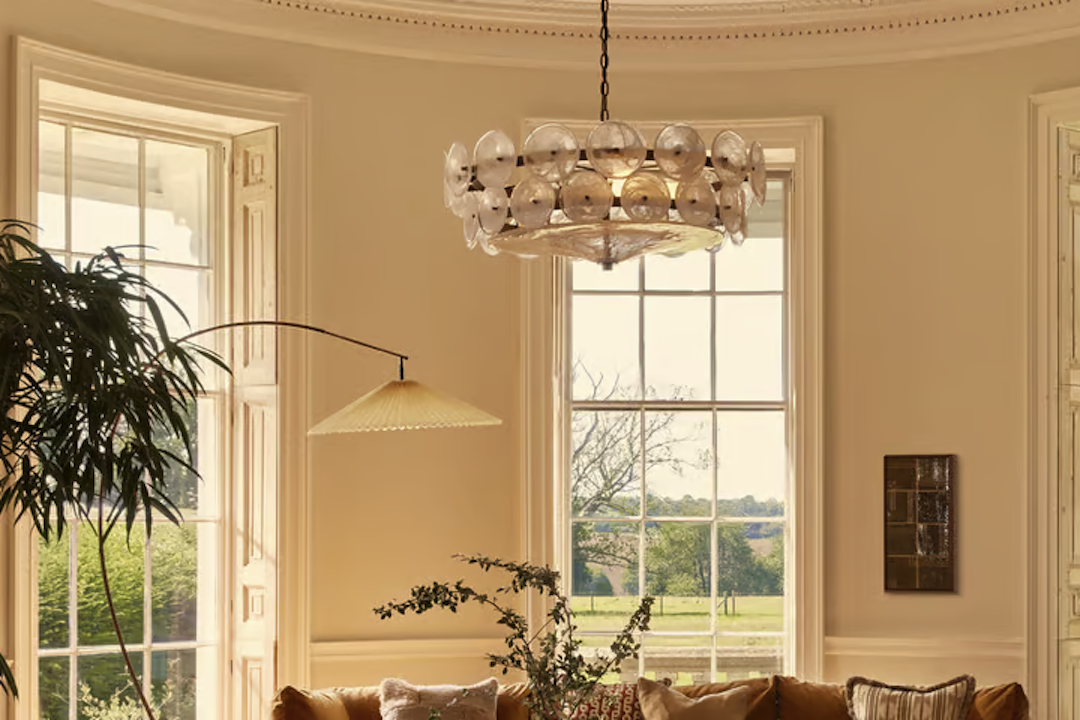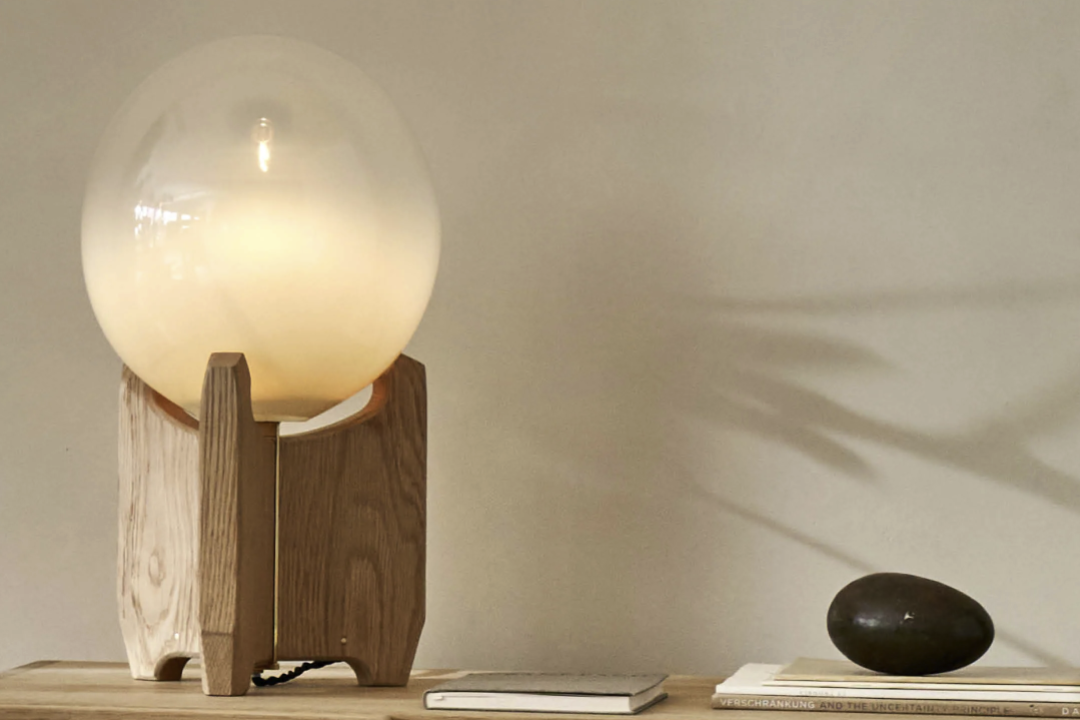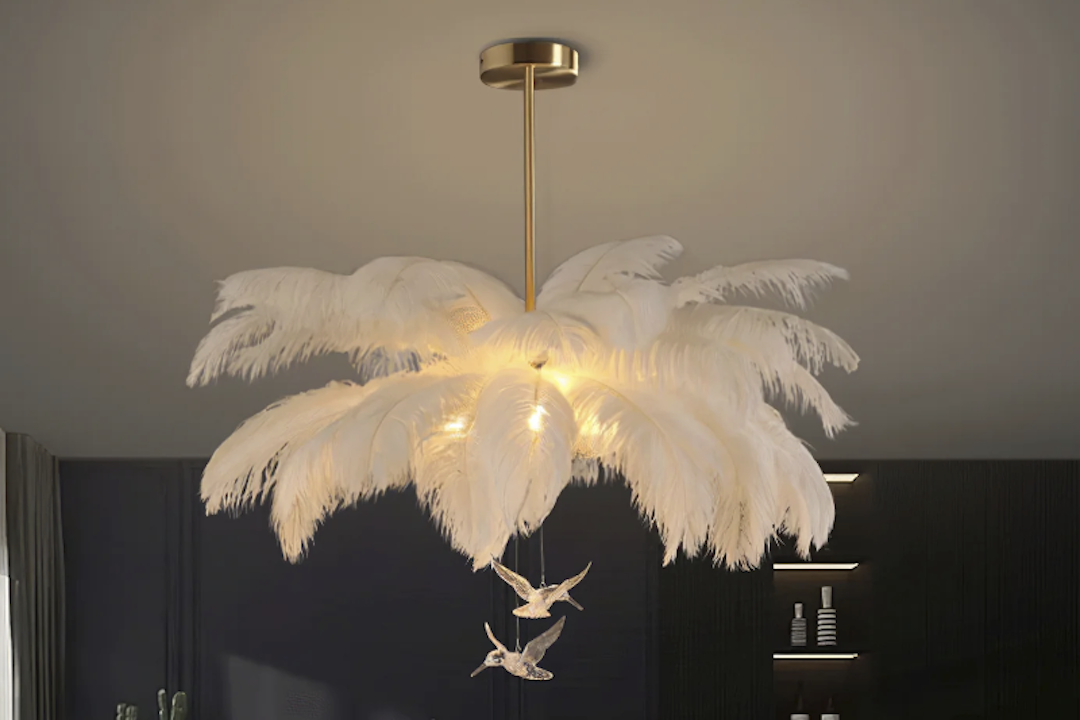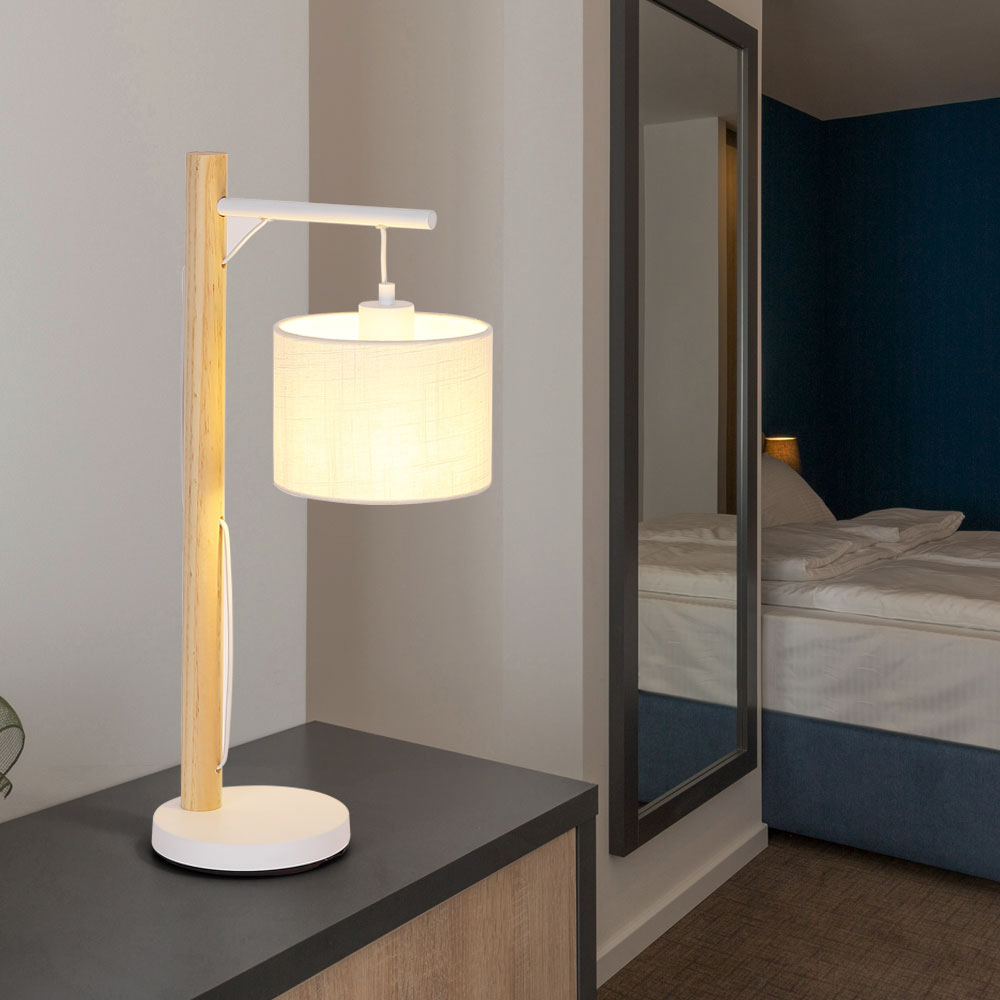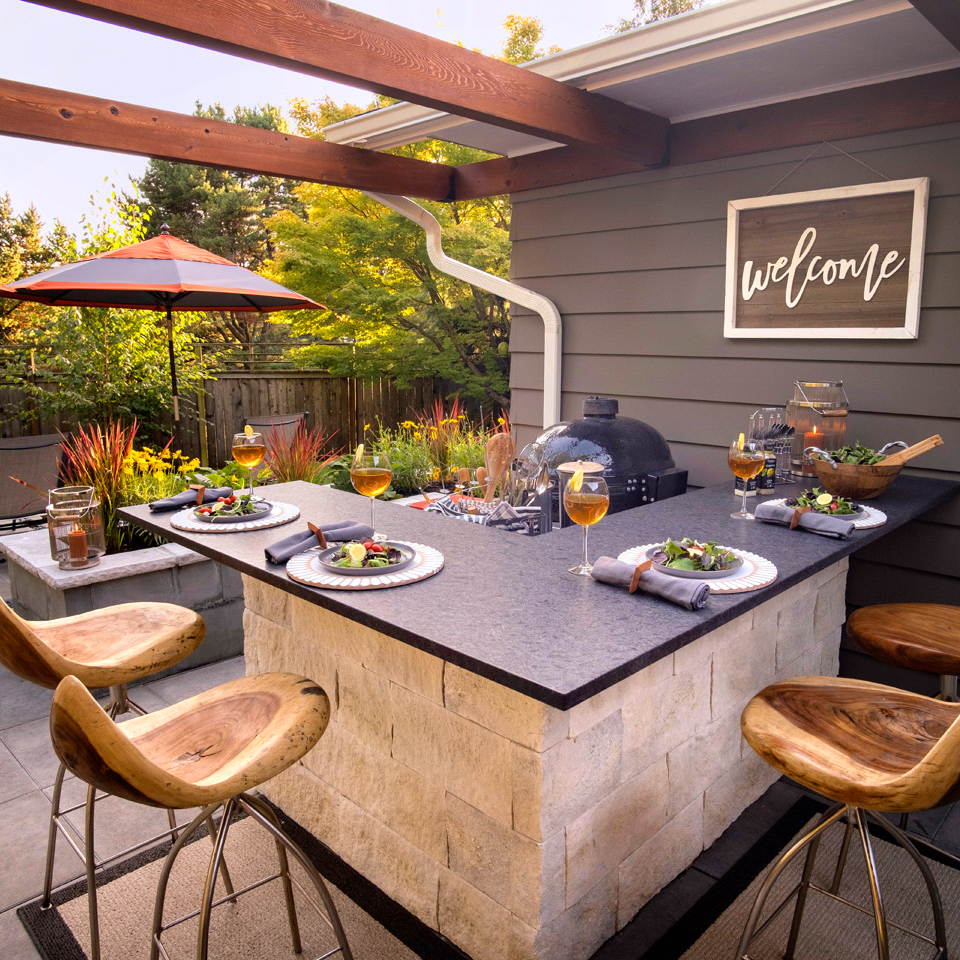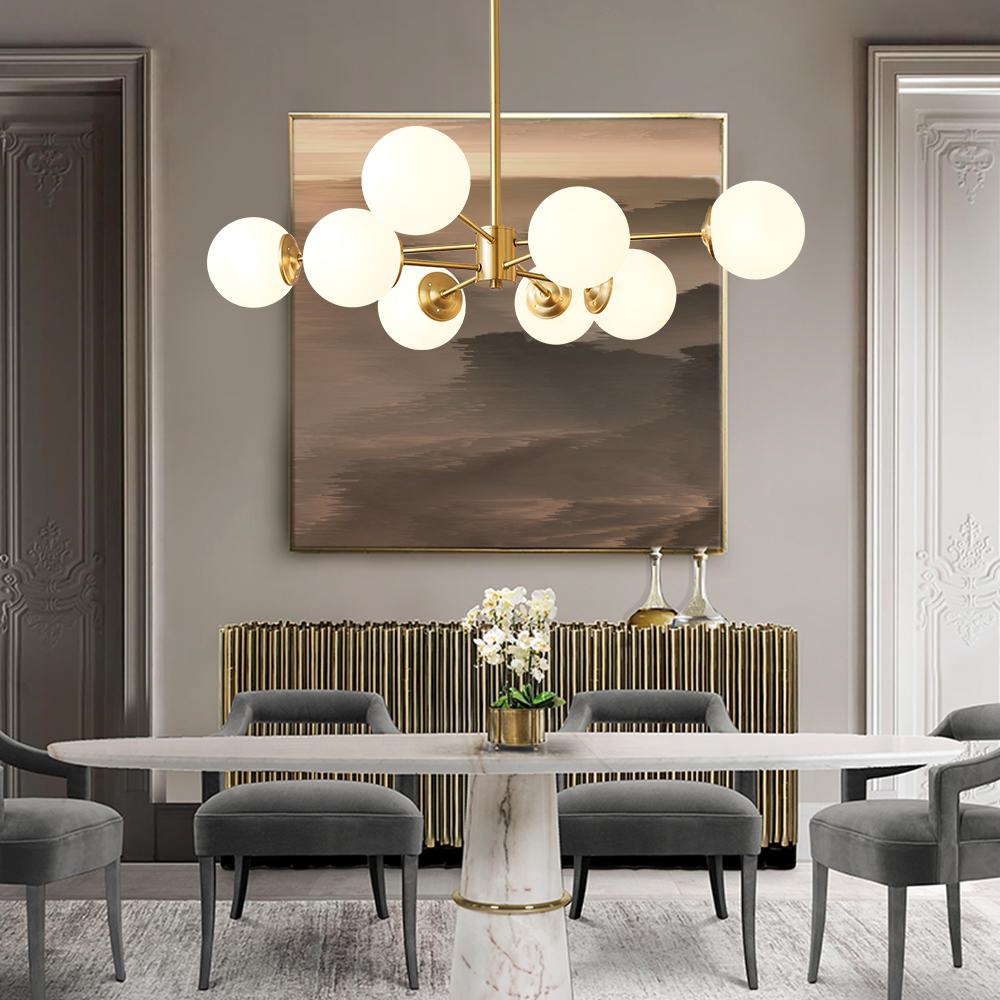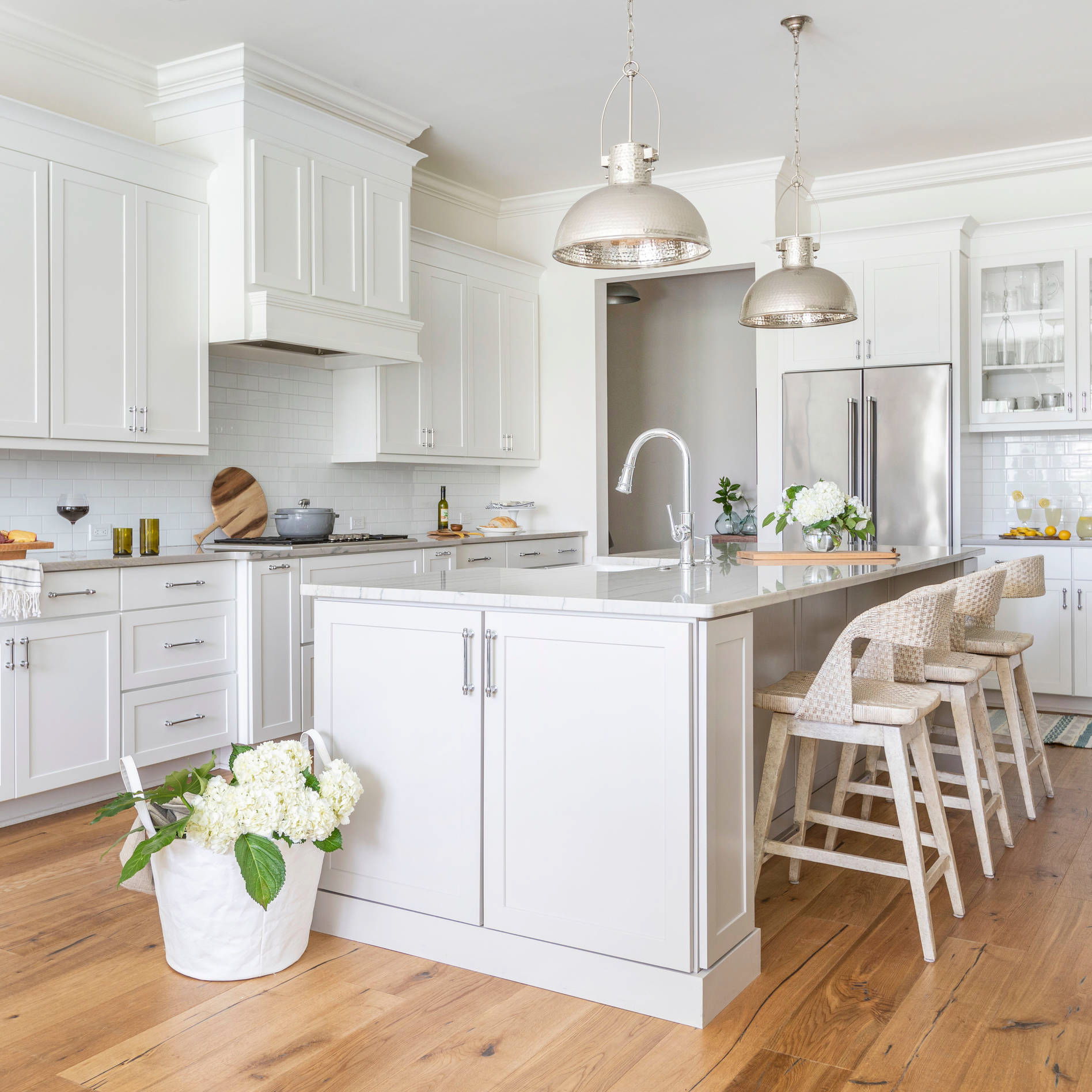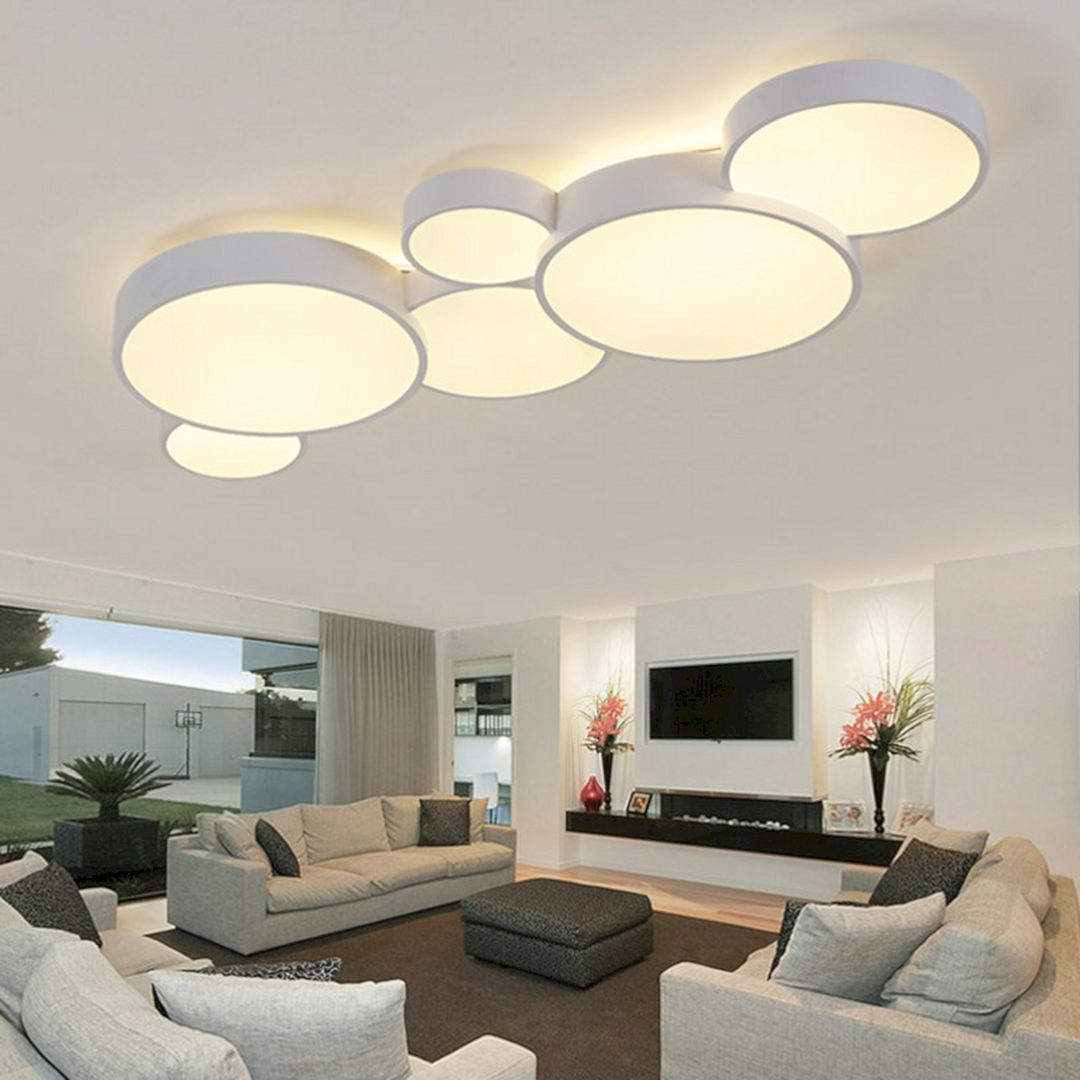Introduction
The Akari lamp is one of the most versatile and innovative lamps in the world. It is not only a source of light, but also a work of art that can transform any space. In this article, we will explore the history, design, and practical uses of the Akari lamp.
History of the Akari Lamp
The Akari lamp was designed by Isamu Noguchi, a Japanese-American artist, in 1951. Noguchi was inspired by traditional Japanese paper lanterns, known as “akari.” He wanted to create a modern version of these lanterns with a minimalist design that would suit any space.
Noguchi worked with skilled artisans in Japan to create the first Akari lamps. These lamps were made from washi paper, which is a traditional Japanese paper that is strong and durable. The lamps were created by folding, cutting, and weaving the paper to form intricate shapes and patterns. Each lamp was a unique work of art, made by hand.
Design of the Akari Lamp
The Akari lamp has a simple yet elegant design that makes it a timeless piece of art. It is made up of a lightbulb enclosed within a paper shade. The shade has a thin and delicate structure that allows light to pass through in a soft and diffused manner.
The shade is made up of multiple pieces of washi paper that are carefully connected together to form a three-dimensional shape. The paper is often dyed or printed with beautiful patterns, adding to the lamp’s aesthetic appeal.
Another unique feature of the Akari lamp is its portability. The lamp is lightweight and easy to move around, making it a versatile lighting solution for any space.
Practical Uses of the Akari Lamp
The Akari lamp is not just a beautiful work of art; it is also a practical lighting solution for many different scenarios. One of the most common uses of the Akari lamp is as a table lamp. Its soft and diffused light is perfect for creating a cozy and intimate atmosphere in a living room or bedroom.
The versatility of the Akari lamp also makes it a great option for restaurants, cafes, and other public spaces. The lamps can be clustered together to create a warm and inviting ambiance while adding a touch of Japanese culture.

